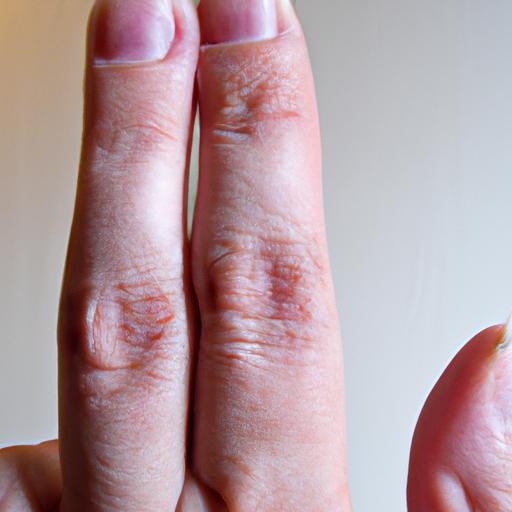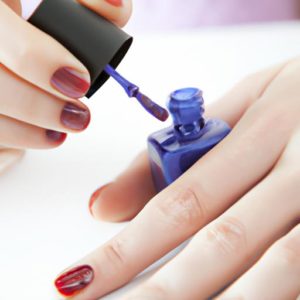Table of Contents
Introduction
The term “coke nail” has lingered for decades, carrying a distinct cultural significance. To the unacquainted, it might sound alarming, evoking thoughts of a dangerous substance. However, a coke nail is not a drug, but rather a long fingernail, typically found on the pinky finger. It serves the purpose of scooping out cocaine from its container or aiding in grinding it into a fine powder. In this article, we will delve into the origins of the coke nail and explore its physical characteristics.
Origin of the Coke Nail
The coke nail emerged during the 1970s, a time when cocaine was gaining popularity in the United States. At that juncture, cocaine was considered a glamorous and opulent drug, necessitating a clandestine method of use. The coke nail was conceived as a means of discretion. The elongated nail allowed users to extract small quantities of coke from a bag or container, enabling inconspicuous consumption in public spaces without attracting attention.
Over time, the coke nail acquired cultural significance as a symbol of drug use. Its presence in movies and TV shows reinforced the notion that cocaine users always sported a lengthy pinky nail. However, it is crucial to highlight that not all cocaine users possess a coke nail, and not all individuals with elongated pinky nails partake in cocaine consumption.
Physical Characteristics of a Coke Nail
Coke nails typically possess a slender and elongated structure, terminating in a pointed tip. They can be made from a variety of materials, including acrylic, plastic, or natural nails. Some individuals even opt for a permanent attachment of fake nails to facilitate discreet cocaine use. The length of the nail may vary, but it is usually sufficient to scoop out a small amount of cocaine without any contact with the user’s skin.
Measurements and Customization
In general, coke nails range from 0.5 to 1.5 inches in length. The nail is frequently tapered or pointed to facilitate easy extraction of the cocaine. Preferences dictate the shape and length, but the pinky finger is often chosen due to its inconspicuous nature.
The material employed for a coke nail is diverse. Some individuals opt to grow out their natural nails to the desired length. However, many prefer the convenience of acrylic or plastic nails, which can be affixed to the natural nail. This choice simplifies the upkeep and maintenance of the nail’s length and shape.
The Usage of a Coke Nail
The primary purpose of a coke nail is to ensure the discreet consumption of cocaine. When a user wishes to indulge, they can scoop out a small quantity of the drug using their elongated nail, effectively avoiding any contact between the powder and their skin or clothing. This method of consumption is particularly favored in public settings, where discretion is paramount.
To employ a coke nail, the user typically scoops out a small portion of the drug and deposits it on a flat surface. The nail is then utilized to crush the cocaine into a fine powder, optimizing snorting efficiency. Some users may even utilize the nail to insert the cocaine directly into their nostrils.
It is vital to note that employing a coke nail is not considered safe and may result in health complications. The elongated nail can harm the nasal lining, increasing the risk of infection. Moreover, sharing a coke nail can potentially transmit diseases such as hepatitis C.
By unraveling the origins and physical qualities of the coke nail, we gain a deeper understanding of its role in drug culture. While the coke nail may persist as a symbol, it is essential to remember that its presence does not define the habits or choices of individuals.





